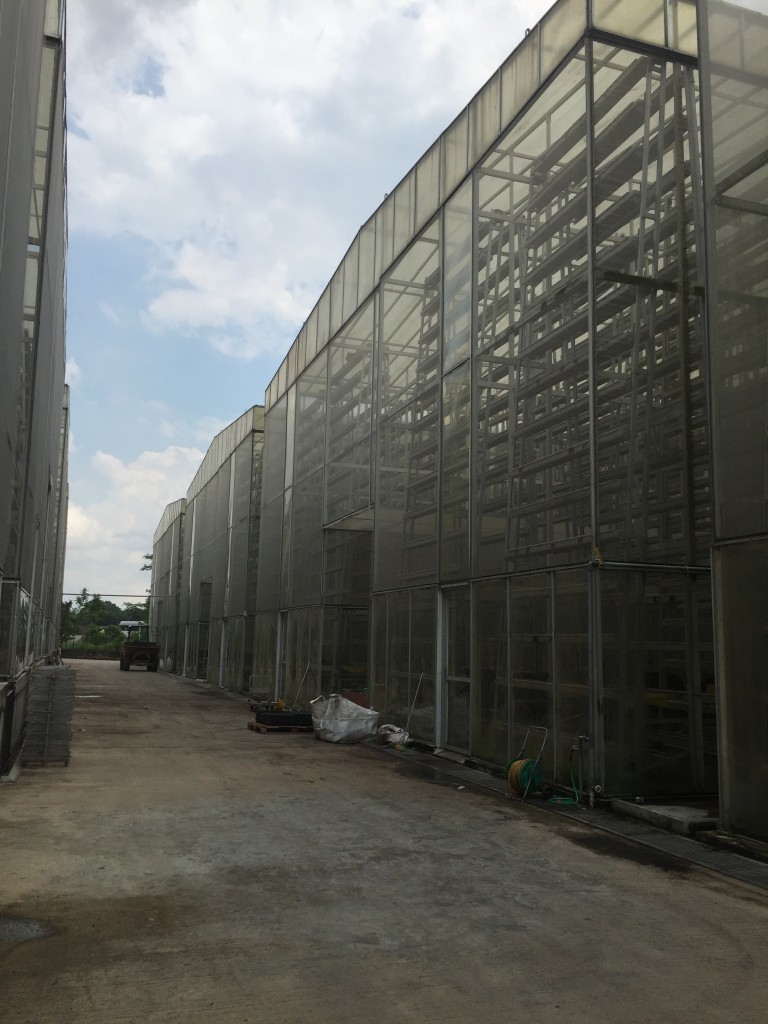Hey there!
This post will be a continuation of my previous post about vertical farming. Today I will be focusing on the problems associated with the rise of vertical farming.
Here is the link to my previous post:
Singapore is very reliant on the exports of other countries for food. Over 90% of the food consumed in Singapore is imported (AVA, 2015). This emphasizes the importance in increasing the production of local food through farming so that we are less susceptible to external factors and food security can be ensured. However, the problem of land scarcity is causing farming, which usually requires a substantial amount of land, to be at stake. Innovative methods like vertical farms can be the solution in reviving the farming industry and ensuring stable local food production but this is not as easy as it sounds. Innovative methods usually involve the use of high technology which can have a high start-up cost. Moreover, there is a problem of attracting younger Singaporeans to this industry. This can be due to the fact that the farming industry is not well-known considering that most of the younger generation grew up living in an urban environment with little exposure to farms.
“The sector needs young talent to find new and creative ways of farming, so that we can make a difference to people’s lives and the environment”
Benjamin Swan, vertical farmer and co-founder of Sustenir Agriculture
Here lies another problem: What will happen to the traditional farmers? With the rise of methods like vertical farms, making a living will be more difficult for these farmers. There are already signs of these farmers diminishing. In June 2017, 62 farms in Kranji will be relocated to make way for the training grounds under Ministry of Defense (MINDEF) (Ong, 2016). It can be a little problematic for the farmers as shifting land for agriculture can result in inevitable damage for crops. Furthermore, Proposed actions such as the restriction of non-staple food farms and the short 10 to 20 year lease for new sites have left many farmers with no choice but to consider leaving the industry (Ong, 2016). I wonder what can be done regarding this knotty issue.
The farming industry now is very different compared to the past, and I hope that more people can be attracted to think of creative ways for farming to coexist with our urban living. To end off the post, here is a video about an agricultural hub which was shown during the talk at Sky Greens. Even though the hub is only a vision, it can give you a whole new perspective about the possible agriculture scene of Singapore in the future. Enjoy!
Video Courtesy of Sky Greens and Audax Visuals
Cheers!
♣ Johanah
References:
Agri-Food & Veterinary Authority of Singapore, (2015, December 21), The Food We Eat, Retrieved on 7 September 2016 from: http://www.ava.gov.sg/explore-by-sections/food/singapore-food-supply/the-food-we-eat
Singh, B. (2016, July 6), Vertical Farms on the Rise in Land Scarce Singapore, Retrieved on 7 September 2016, from: http://www.straitstimes.com/lifestyle/vertical-farms-on-the-rise-in-land-scarce-singapore
Audax Visuals, (2015, November 3), Sky Greens, Retrieved on 7 September 2016, from: https://www.youtube.com/watch?v=5VdL3iWE-rw
Ong, J, (2016 May 28), Unanswered Questions, Uncertain Future for Krani Farmers, Retrieved on 2 September 2016 from: http://www.channelnewsasia.com/news/singapore/unanswered-questions/2823076.html


